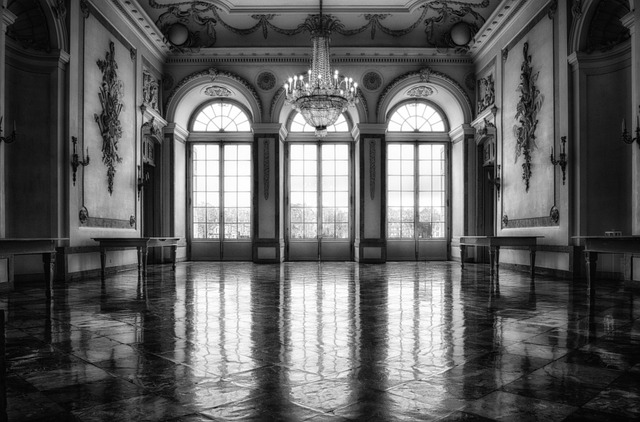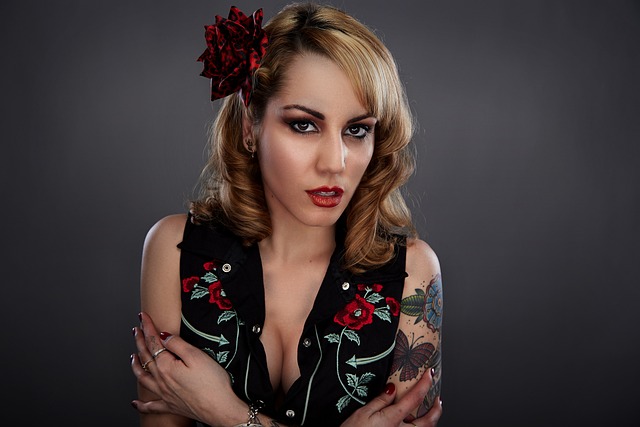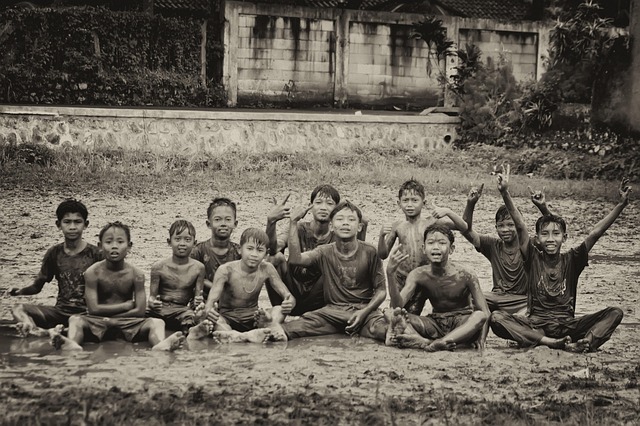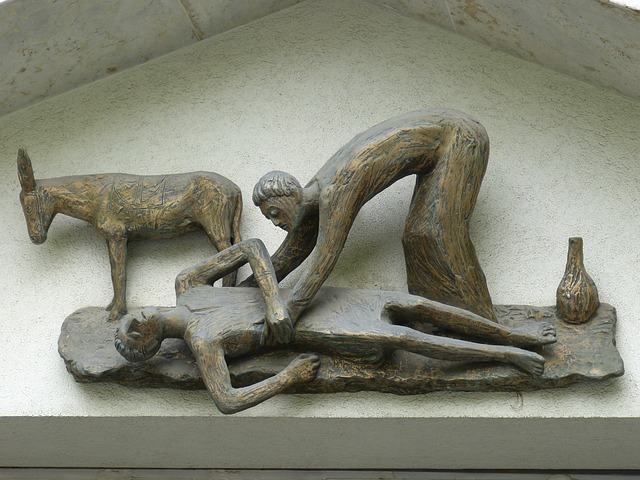Exploring Baroque: A Journey Through Classical Music Culture and Party Atmosphere
The Baroque period, spanning from the late 16th century to the early 18th century, stands as a captivating chapter in the history of classical music. This era is characterized not only by its opulent compositions and intricate melodies but also by its vibrant cultural exchanges and festivity. Today, as we delve into the world of Baroque, we can experience the joyful synthesis of music, culture, and the party atmosphere that defined an entire age.
Music: The Heartbeat of the Baroque Era
The cornerstone of the Baroque era is its music, with composers such as Johann Sebastian Bach, George Frideric Handel, and Antonio Vivaldi leading the way. Their works are not just notes on a page; they are emotive stories that resonate with the human experience. The dynamic contrasts and ornate details of Baroque music create an energetic atmosphere that invites listeners to revel in its complexity.
Listening to a Baroque concerto, with its vibrant string sections and grandiose harmonies, evokes a sense of celebration. These compositions often formed the backdrop for social gatherings, where nobility would come together to enjoy the arts, thus intertwining music with the social fabric of the time.
Musical Genres: A Fusion of Styles
Within the Baroque period, a rich tapestry of musical genres emerged. From the grandeur of the opera to the intimacy of chamber music, Baroque offered something for everyone. Each genre creates a unique atmosphere that continues to captivate modern audiences. The dramatic flair of opera, with its emotive arias and powerful orchestras, encourages passionate expression, while the elegance of the suite invites listeners into a more contemplative space.
This diverse range of musical styles reflects the vibrant social life of the Baroque era, where music acted as a cornerstone for celebrations and gatherings, often turning ordinary occasions into extraordinary experiences. Each genre can transport listeners to a world where music is not just heard but felt, igniting a sense of connection among attendees, much like a contemporary music festival.
Party: The Baroque Celebration
Baroque celebrations were a feast for the senses, combining extravagant architecture, elaborate costumes, and, of course, magnificent music. Royal courts and noble houses hosted soirées that doubled as showcases for artistic expression, where composers and performers shone. The atmosphere was charged with excitement, where the thrill of live music brought people together in joyous celebration.
In today’s context, we can draw parallels to modern-day parties, where music plays an integral role in setting the mood. Whether at a classical music gala or an outdoor festival, the experience is still about community, connection, and the collective enjoyment of artistic expression. Imagine stepping into a Baroque-themed soirée, with strings soaring through the air, guests adorned in period attire, and a sense of unbridled exuberance echoing through the halls—this is a window into the festive spirit that characterized the Baroque age.
Music Culture: A Living Legacy
The legacy of Baroque music transcends time, influencing countless genres and styles that we encounter today. Its intricate harmonies and emotive quality continue to resonate with musicians and audiences worldwide. In contemporary culture, events like classical music festivals and themed parties allow us to celebrate and rediscover Baroque music’s exuberance.
As we explore Baroque today, whether through attending a live concert, participating in a thematic party, or simply listening to a favorite piece at home, we not only honor this rich musical heritage but also embrace its spirit. We find joy in the elegance and complexity of the music while relishing the community that comes with sharing these experiences. The world of Baroque is a reminder of how music can create lasting memories and connections—an exuberant journey through the rhythmic pulse of history.




